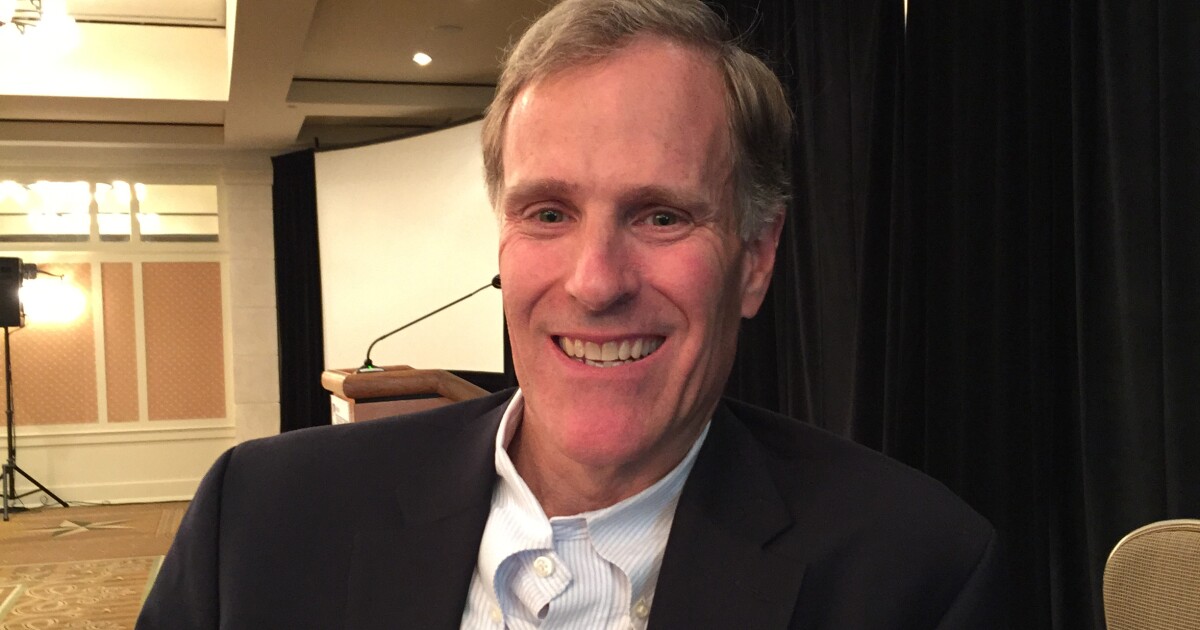Infrastructure investors to cities, states: Borrow more, worry less
3 min read

As extreme weather becomes more common and the federal deficit hits new records, the onus will be on state and local governments to finance the future of resilient infrastructure. The good news is they have plenty of capacity to take on the debt and retail investors are clamoring for the paper.
That’s the view of infrastructure investors speaking at The Bond Buyer’s Infrastructure conference Wednesday.
“We’re very under-levered as an issuance community,” said Hector Negroni, founder and CEO at Foundation Credit. “Borrow more — you’re not going to get over your skis,” Negroni advised issuers, adding they should worry less about potential downgrades and more about the types of projects needed in their communities. “There’s a massive pool of demand and you’re not being charged for it,” he said. “The time is now.”
Tom Doe, CEO and founder of Municipal Market Analytics, Inc., predicts the municipal bond market will balloon to $1 trillion annually in the 2030s as issuers finance climate-adaption needs. Climate-driven migration will also require new infrastructure, Doe said.
“This is the big opportunity for the municipal market,” Doe said. “The intersection of public policy, infrastructure needs and the necessity to deal with climate consequences — the municipal market is going to make a ton of money.”
Retail buyers in separately managed accounts,
“The federal government is a big problem here, it’s an unsustainable situation,” Stern said. “There’s so much capacity, especially at the state level,” he said, noting that at least 10 states have no debt on their books at all. Florida, facing enormous climate-related risks, will need to take on the cost of adaptation as well as factors like
The ratio of municipal debt to GDP of local governments in aggregate has fallen to around 10% from 20% in 2010, based on Federal Reserve data, Stern said. “The market can absorb this,” he said. “There are aging Americans who are under-allocated to bonds and they’re going to want to buy more tax-free bonds.”
Resilient infrastructure is one of many needs, like reindustrialization and demographic shifts, competing for financing, Negroni said. “Issuers should be moving quicker and levering themselves up more, because the demand is here now,” he said. “I think we’re going to see a discussion about the unfunded liability of infrastructure, the unfunded climate risk liability; these are meaningful.”
Meanwhile, as muni market participants worry that
“We tend to be a fearful and responding industry” rather than taking the initiative to promote itself to Congress, said Doe, who in January
“Climate is going to be the issue of this generation and Congress is going to be paying attention because they know they don’t have the money and are going to be looking to states and local governments finance the projects, and the industry is poised for that role, it just has to seize it,” Doe said.







